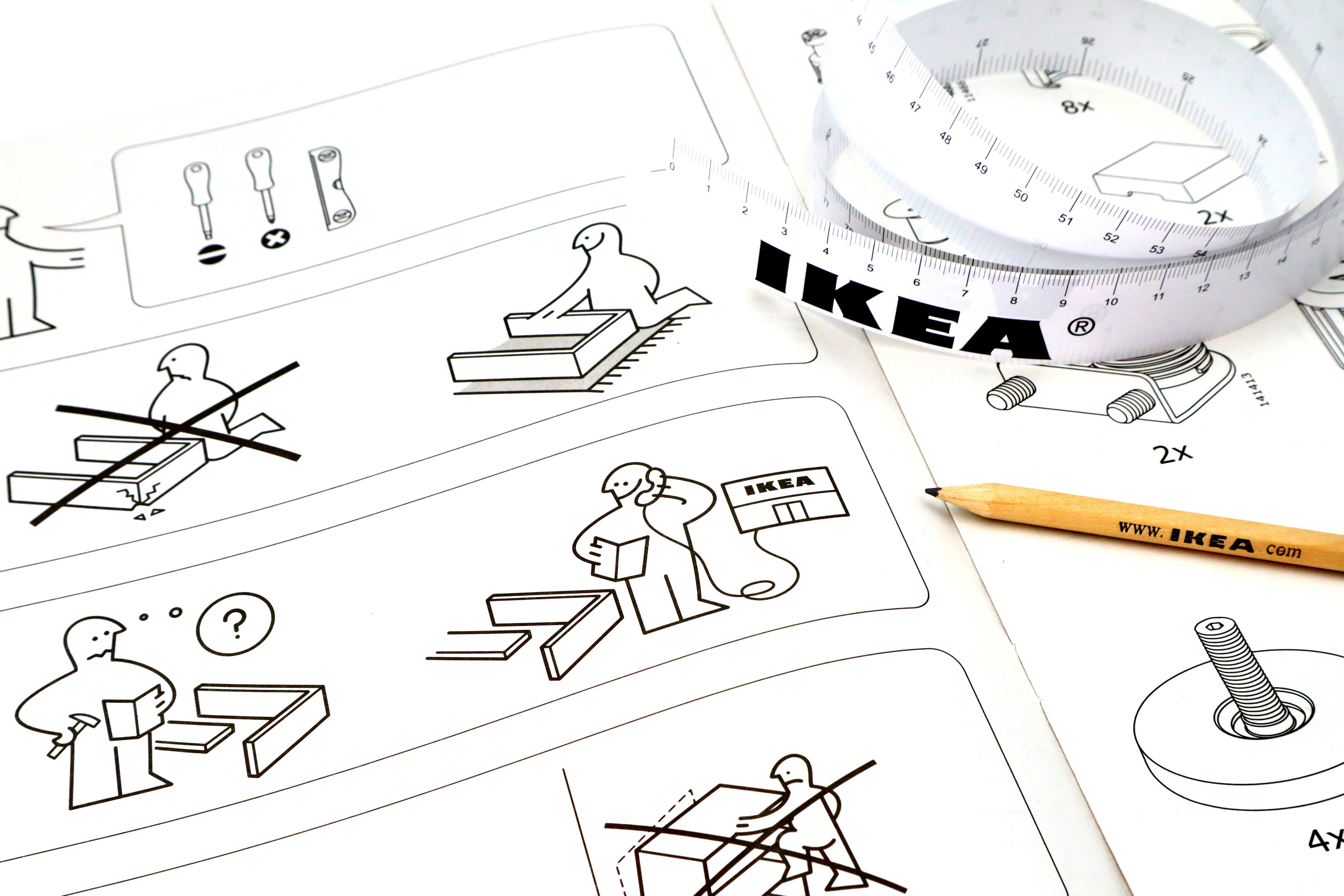We’re in the middle of a consumer buying frenzy. People are purchasing stuff at an astounding rate, and retailers (supply chain issues aside) are thrilled. But if you’re only paying attention to the inventory flying off the shelves, you’re missing out on another trend: Home retailers are increasingly looking to add enhanced services to their merchandising mix. Big national chains like Walmart and Ikea, lifestyle stores like Crate & Barrel, and even e-commerce players like Wayfair are all expanding their businesses to include services like decorating help, repairs and furniture assembly—and sometimes even just a little help visualizing a purchase in your home. While some of these are just ways to sell more products, others look like profit centers unto themselves, adding to these retailers’ bottom lines.
In a way, these recent developments take retailers back to their roots—the bygone days when they used to provide things like shop-at-home services, repairs and even add-ons like insurance that have gotten lost in the transition to modern retailing business models.
This trend has been building for years. Consumer electronics chain Best Buy was one of the earliest to catch on, buying the independent tech help provider Geek Squad in 2002, and deploying its experts to go into customers’ homes and hook up their gadgets and devices. Since then, Geek Squad has become one of the company’s best tools to stay competitive with online-only sellers who can’t offer in-home service.
In the home furnishings world, RH, Ethan Allen and Williams-Sonoma’s brands have all been offering interior design services to their customers for years, starting with offerings at the high end but now filtering down to Sonoma’s lower-priced nameplates like West Elm. Crate & Barrel and its CB2 brand offer similar programs. But what we’re starting to see goes way beyond interior design.
Here are some of the newest programs retailers are trying out:
Walmart’s partnership with Angi: Last month the big national discounter announced it had hooked up with Angi—previously known as Angie’s List—to offer professional services like furniture assembly, TV wall-mounting and even flooring and painting from any of its 4,000 stores. It’s an expansion of a previous program the retailer had with a company called Handy, which Angi bought several years ago. Customers still have to pay for the services, but giving them easy access to help from a pro is likely aiding Walmart’s ability to move home merchandise.
Ikea expansions: Once a bastion of self-service selling, Ikea stores are now expanding far beyond their original models. Design services are on hand to help with kitchens, bathrooms and even closets. Ikea has also linked up with a third-party service to offer assembly of its products in consumers’ homes, a task that always brought a certain level of frustration for those not well-versed in its cutesy pictograms. The company is also offering custom cabinetry work—again through a third party—that allows consumers to take those white boxes and individualize them for their home decorating schemes.
Pinterest pinners: Several national retailers—including Crate & Barrel, CB2, West Elm, Walmart and Wayfair—have partnered with the social media platform for an augmented reality offering that allows its users to place items in their homes virtually before they buy. This is a service many retailers (led by Wayfair and the Williams-Sonoma brands) have had in place for several years, but the connection through Pinterest brings a whole new level of interaction. Once a consumer pins one of these products, they can then click through to the store’s site to make a purchase.
Amazon’s next big move: The best-developed service program retailing is likely to see will probably come when Amazon opens its first apparel store later this year. Details are still sketchy—and of course, this is clothing, not home merchandise—but Amazon has continually tested concepts in one merchandising area and then rolled them out to other categories. Case in point: Its efforts in the grocery category, which have expanded to general merchandise. Watch this one to see what the future of retailing will look like.
All of these programs, existing and emerging, hold the promise of taking retail locations (online or off) beyond just places where you buy stuff. Either as profit-making entities or just as ways to sell more, they represent a significant expansion of the basic retail model. What’s that they say about everything that’s old is new again?
Homepage image: ©Walter Cicchetti/Adobe Stock
____________
Warren Shoulberg is the former editor in chief for several leading B2B publications. He has been a guest lecturer at the Columbia University Graduate School of Business; received honors from the International Furnishings and Design Association and the Fashion Institute of Technology; and been cited by The Wall Street Journal, The New York Times, The Washington Post, CNN and other media as a leading industry expert. His Retail Watch columns offer deep industry insights on major markets and product categories.





























